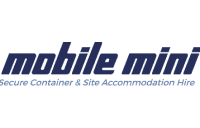
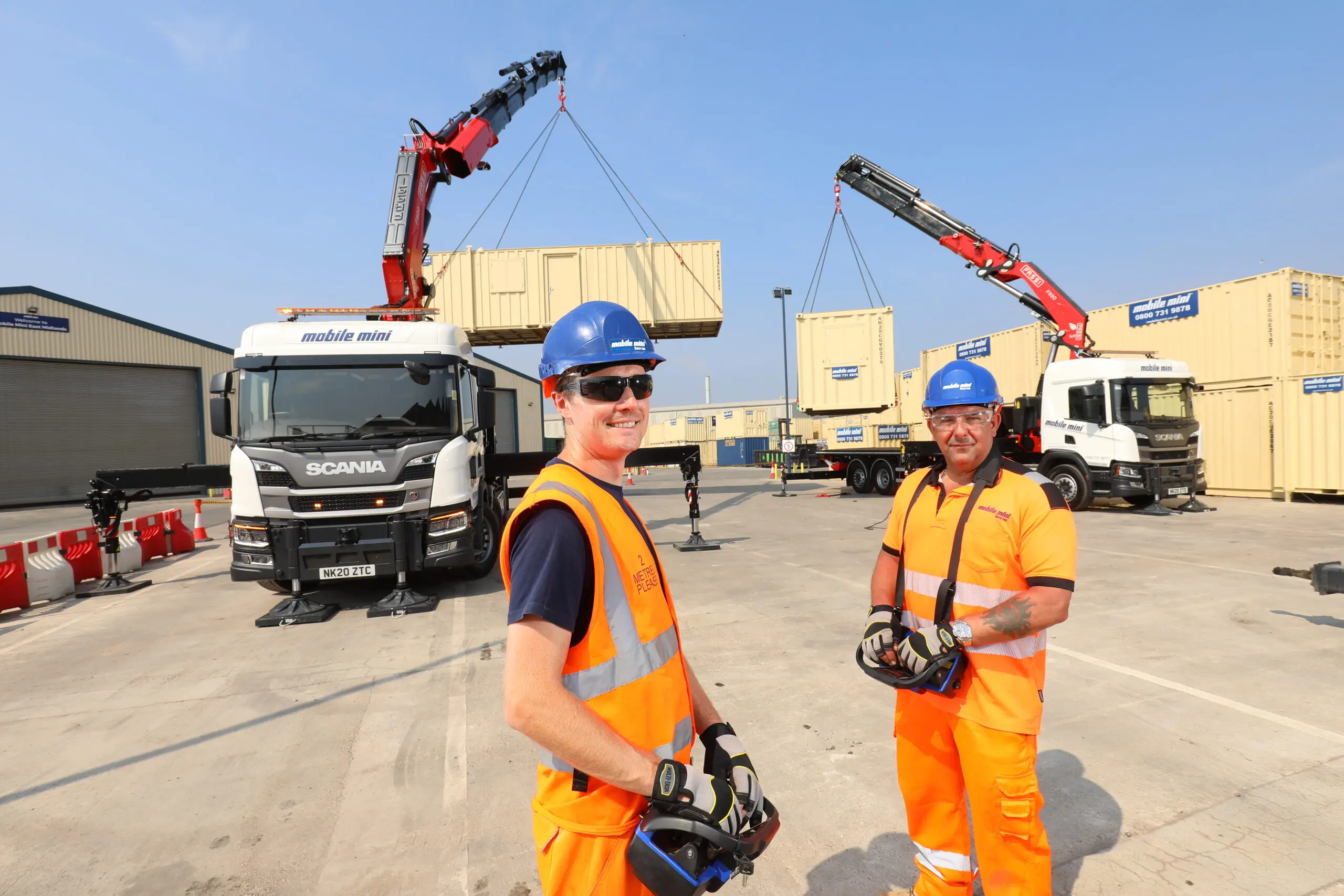
Mobile mini
Returning every employee home safe is at the heart of Mobile Mini’s ethos. Follow their journey to a safer workplace.
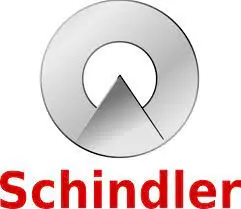
Schindler is in the business of elevation — elevating safety, quality, and the way people get from A to B. It can be dangerous work — so safety is top of mind as well as quality. Here’s how they get it done with SafetyCulture.
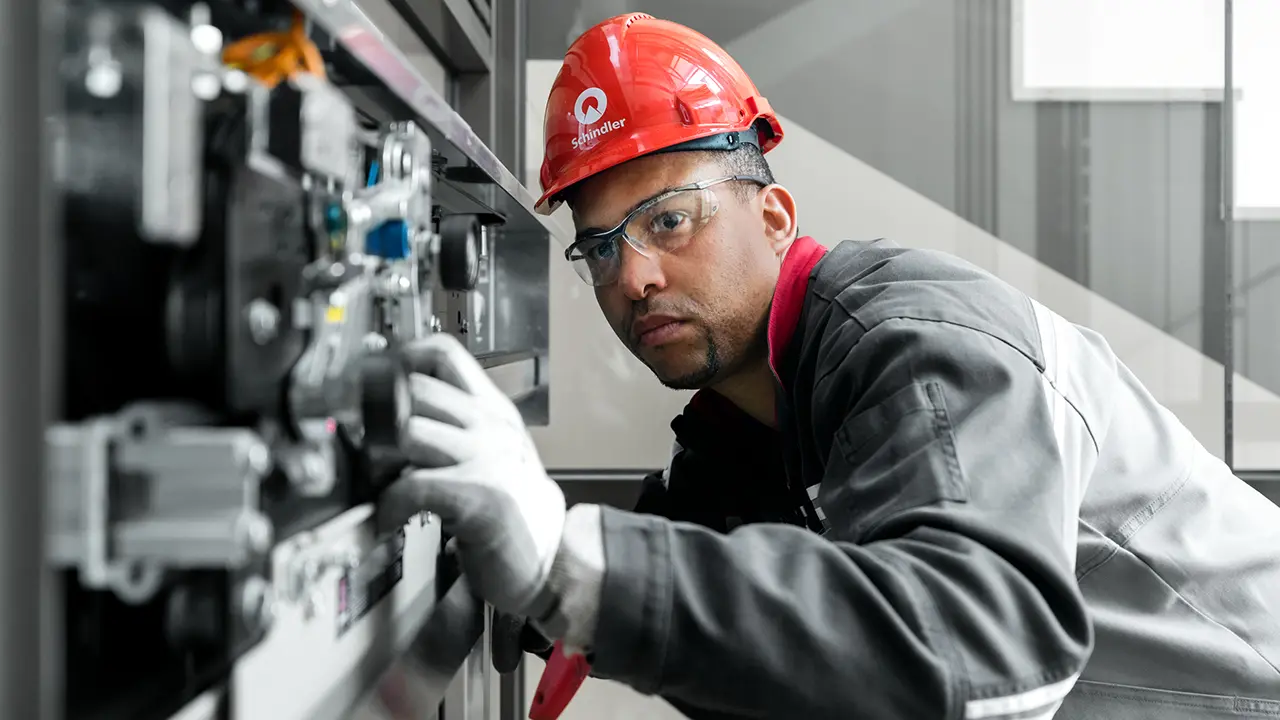
Schindler is in the business of elevation — elevating safety, quality, and the way people get from A to B. As a leading global mobile provider of elevators , escalators and related services, Schindler delivers seamless and reliable service for all building types.
With a huge global field presence and a network of offices and service experts in every state, Schindler keeps equipment running and businesses moving all across America. Their working environment is highly dynamic, with lots of specialized equipment, travel, field work and factory work involved.
Schindler leverages their teams and technology to make sense of complex supply chains and workflows. It can be dangerous work — so safety is top of mind as well as quality.
Here’s how they get it done with SafetyCulture.
From factory to distribution center to installation and maintenance, there are many moving parts to the work Schindler does. It’s far from a static environment.
With teams dispersed across many service locations, visibility was limited, which in turn presented safety and quality challenges.
Schindler knew a big part of managing this was to encourage and equip self-directed teams, ones that took ownership of their own safety as well as their own mistakes. They gave their employees the authority to immediately stop any act that’s believed unsafe and activity wouldn’t resume until the situation had been rectified.
The only problem was, there was no centralized system for these issues to be reported. It happened over email and by word of mouth. Paired with sporadic documentation, it made it very difficult to keep track of workflows and resolutions.
That was until they lifted their game — with the SafetyCulture platform. Workflows and issue capture went digital, becoming quicker and far more efficient. With SafetyCulture in hand, Schindler associates had a companion on the job, helping them resolve hazards and incidents every step of the way.
“It’s very dynamic. Our elevators are quite individualized, so there’s a lot of different makes and models. The work instructions can be challenging and we want to make sure that everything is as safe as possible at all times.”
It wasn’t just a matter of inspections — Schindler needed a system that would rapidly notify the right people and solve those problems on the job. That’s when Issues comes in.
Damaged products, hazardous conditions, or near misses could happen on the job and teams needed the ability to immediately recognize and stop unsafe situations. With Issues, employees were able to flag anything that didn’t seem quite right from wherever they were and notify who needed to know. With all communication housed in one centralized location, it was easy to track the status of Issues raised.
It sounds so simple — but that’s the beauty of it. “It’s quick, it’s fast, it’s effective. And I liked the fact that a workflow can be rapidly attributed to the issues,” says Bartoli. “Within seconds, one of us is able to triage a reported issue.”
The roadmap to better operations starts with a series of quick wins. And this is what Schindler was able to do with SafetyCulture, set in motion a quick and effective system that spurs action.




With prior methods, Schindler would log about 20 issues a year. Now, they’re logging 300 per quarter using SafetyCulture. Why is that a good thing?
For starters, it helps working teams see where the gaps are and how they can best quantify and improve upon them. At Schindler, it’s about using those leading indicators to prevent them from becoming lagging indicators.
“We can’t manage what we don’t measure,” shares Bartoli. “We track leading performance indicators, such as good observations, risks, issues, and near misses. The more data we have on these, the more positive the outcomes become for safety and quality.”
And it’s not just a question of teams back in headquarters tracking and analyzing trends. With Issues, everyone gets involved, everyone has a stake in the process. There’s a 360-degree communication factor here — from incidents being reported to follow-up and feedback. This circular process continues through to issue resolution.
With the right tools in place, it becomes more than procedural change. It helps with cultural shift and organizational alignment. To date, Schindler has had one of their best years on record when it comes to safety.
“Any time you can get communication and positive safety or quality program participation, that’s going to improve the business. Your safety culture is like your children. They’re always your child, you’re never done raising a child. You’re never done paying attention. You are never done caring. In short, we know there will be failures. This system helps us assure failures occur safely.”


Returning every employee home safe is at the heart of Mobile Mini’s ethos. Follow their journey to a safer workplace.

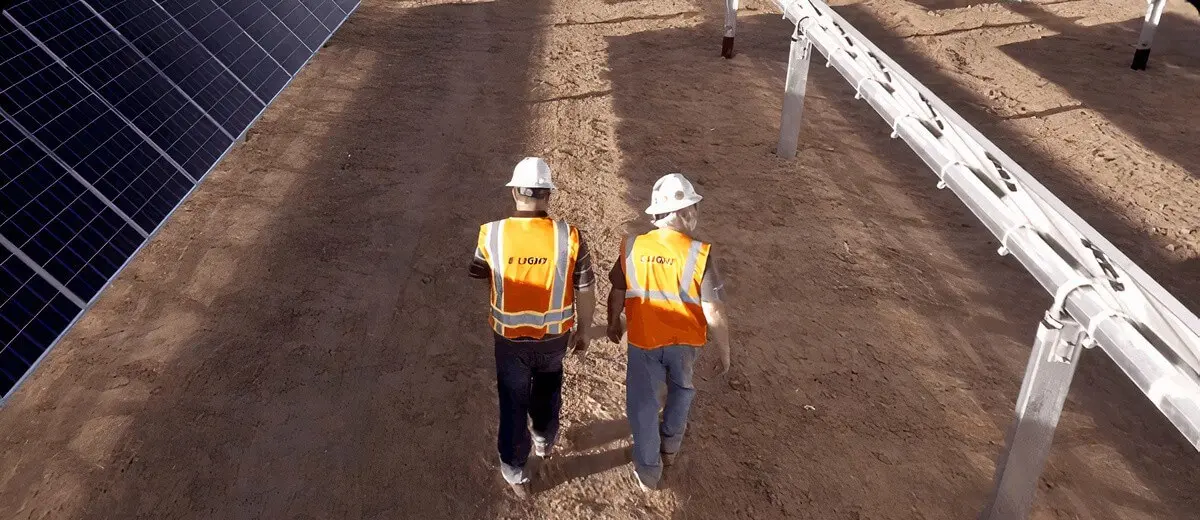
The largest solar panel installation contractor uses SafetyCulture (formerly iAuditor) to train employees and track safety in the field.
Explore more stories, expert guides, and thought leadership from SafetyCulture